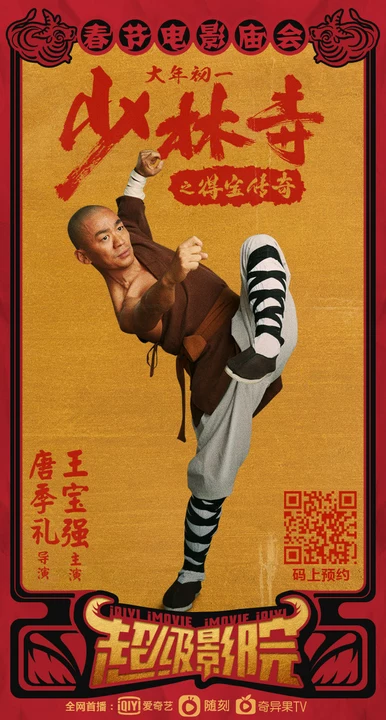Martial Arts
When talking about Martial Arts, any system of combat training that blends physical skill, strategy, and discipline. Also known as combat sports, it covers everything from ancient battlefield tactics to modern sport contests.
One of the most popular branches is Judo, a Japanese grappling art that focuses on throws, pins, and submissions. Judo is famous for moves like O‑soto‑gari and Seoi‑nage, and it teaches balance and leverage as core principles. Another key style is Jujutsu, the predecessor to modern judo, emphasizing joint locks, pressure points, and close‑quarters control. While judo puts the spotlight on throwing an opponent, jujutsu leans into restraining them on the ground.
Then there’s the iconic Shaolin, a Chinese kung fu tradition known for powerful strikes, high kicks, and dynamic forms. Shaolin training mixes hard striking with fluid motion, giving practitioners a toolkit that’s very different from the grappling focus of judo or jujutsu. All three styles share a love for throws, but each applies them in a unique context—whether it’s a clean hip‑throw in judo, a joint‑lock transition in jujutsu, or a sweeping motion in a Shaolin form.
What you’ll explore
Think of martial arts as a family tree. The trunk holds the core concepts: balance, timing, and controlled force. Branches like judo, jujutsu, and Shaolin grow out of that trunk, each adding its own leaves—specific techniques, training drills, and cultural stories. If you’re curious about which throw suits your body type, the judo section below breaks down hip‑based versus foot‑based moves. Want to see how a Shaolin kick can open a guard? Look for the articles that compare striking angles with grappling entries. And if joint locks intrigue you, the jujutsu posts dive into pressure point theory and safety tips.
What ties all these pieces together is the idea that a well‑rounded fighter needs both striking power and grappling control. That’s why many modern athletes cross‑train: they borrow a Shaolin kick for distance, a judo throw for takedowns, and a jujutsu lock for ground control. The posts in this collection show real‑world examples, from beginner drills to advanced tournament strategies. Whether you’re stepping onto the mat for the first time or polishing a championship routine, you’ll find practical insights that match your level.
Ready to see how these concepts play out in real training scenarios? Below you’ll find a curated list of articles that walk through favorite throws, compare ancient styles, and answer the big “who would win?” debates that keep the community buzzing. Dive in and discover which technique resonates with you the most.
Who would win? Japanese jujutsu master vs Shaolin master?
This age-old question has been asked for centuries: who would win in a fight between a Japanese jujutsu master and a Shaolin master? Both martial arts styles have their own unique advantages and disadvantages. The jujutsu master is skilled in using pressure points and joint locks to subdue his opponents. On the other hand, the Shaolin master is trained in the use of powerful strikes and kicks to break through any defenses. Both fighters have a great deal of experience and skill in their respective martial arts. Ultimately, who would win would depend on the circumstances of the fight. The outcome could be determined by the size, strength, and agility of the combatants, as well as the strategies employed by each fighter. Ultimately, it's impossible to say for sure who would win in this epic matchup, but one thing is for sure: it would be an incredible battle!
What is your favorite judo throw?
Judo is a martial art that originated in Japan. It consists of throwing, grappling, and striking techniques. One of the most popular judo throws is the judo hip throw, also known as the O-soto-gari. This throw involves throwing an opponent to the ground by using their hip as a fulcrum. Other popular throws include the Uchi-mata, Harai-goshi, and Seoi-nage. Each of these throws require skill and precision to be executed properly. Judo practitioners must also understand the principles of balance, leverage, and timing in order to use these throws successfully. Judo is a great way to learn self-defense and have fun.

